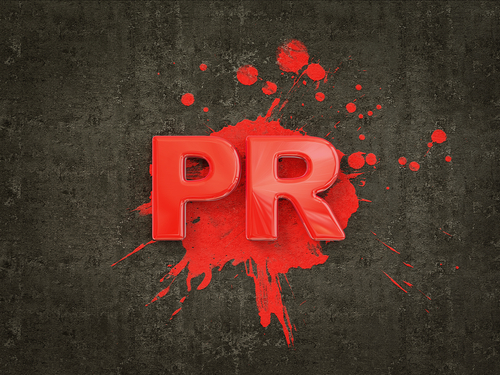Can the right B2B PR program generate customer leads? Our answer is a qualified “yes.” The key lies in knowing how to generate earned media articles in quality publications, in addition to great company-produced or “owned” content. The result can be a 1 + 1 = 3 boost in SEO rankings and desirable referral traffic.
According to a recent survey of 5000 B2B marketers from the Content Marketing Institute, 86% of respondents are using content marketing as a formal business discipline, and 70% are producing more content than one year ago. But what they may not have is a strategic PR program designed to generate trade or business interviews, bylined articles, company features, customer testimonials and executive speaking opportunities that can be merchandised to prospects.
Here are best practices for using B2B PR to generate leads.
Have SEO and PR work together. If those functions are being handled by separate agencies or divisions, make them talk to one another. Although the languages are different, the lines between the two disciplines are increasingly blurring, and the outcomes should be aligned. Even if your PR program is designed to support brand reputation rather than to promote products or services, it will be useful to coordinate content schedules and topics.
Step up the earned media placement. Media created by the company, like press releases or blog content, are important, but earned media from reputable publications and blogs is typically more credible. A profile in a trade magazine or a quote in a business media is often more persuasive than a company post, and trusted publications confer a high domain authority, which boosts SEO.
Use keywords judiciously. By generating original material containing industry-specific keywords, B2B PR can increase high-quality inbound links to a website that will boost page rank. But Google prizes fresh, high-quality, and original content that reads like it was written by human beings, so good practitioners refrain from keyword stuffing and focus on a mix of earned and original content. A good ratio is 2-to-1 for owned vs. earned.
Tap advocates. Customer or partner testimonials, analyst commentary, interviews by key journalists and trade show opportunities can imply third-party endorsement, which drives measurable outcomes like page rank and authority from referring sites. But it also promotes the intangible – but priceless – attribute of credibility.
Market ideas and advice, not products and services. Those without the traditional PR mindset tend to go for the hard-sell; however, a more journalistic approach that focuses on what is truly newsworthy, or that offers tips of service to customers, is far more likely to attract and engage prospects.
Maximize use of B2B social platforms. Most marketers are already using LinkedIn as a content platform, but some may be surprised by Twitter’s power, particularly when it comes to users of B2B technology services. A study undertaken by Twitter and intelligence company Compete shows that Twitter users visit B2B tech sites at a higher rate than ordinary web users, and they convert at more than double the rate of non-Twitter people. PR experts know that Twitter’s also a powerful place to engage journalists and tech analysts, so it deserves to be part of every B2B content program.

